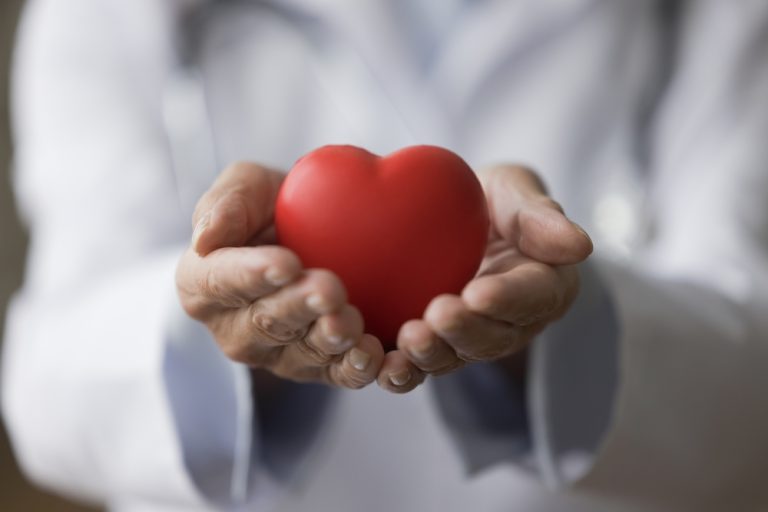The Instinct to Care
Compassion is a great trait that human beings carry, this could be from helping a stranger pick up something they have dropped to donating to any aid appeal on the other side of the world. The aspect of giving is seen as a more cultural choice, but science shows it is also inherited naturally. Our nature to care for others is engrained in our evolution – a behaviour that has helped many survive and thrive. The act of kindness is more than just gestures, they’re deeply rooted into our DNA, shaping the way we interact with other people and the way we define the meaning of happiness in our lives.
The Brain on Giving
Neuroscience shows us that unselfishness plays the same pleasure in the brain that lights up when we experience joy. When we give, be it money or time, the brain releases dopamine, serotonin, and oxytocin, often called the “feel-good” chemicals. These hormones promote a sense of connection and satisfaction, sometimes also referred to as the “helper’s high.” For this reason it may we why volunteers or those who contribute more often report higher levels of satisfaction in life as well as reduced stress.
What’s further interesting is that each time we act generously, the brain strengthens nervous ways that are related with compassion. Kindness then becomes more natural, creating a cycle of care. This could explain why communities built on shared generosity where people give and get report larger well-being overall.

The Social Side of Altruism
Outside of the brain, giving is a serious role in social unity. Our ancestors survived not because of strength, but because they learned to share resources and protect one another. That same spirit reinforces modern society, from food drives in the local neighbourhood to global humanitarian efforts.
Psychologists describe giving as a kind of social glue which ties individuals to purpose. Even acts such as complementing someone signals the motivation to connect.
Culture, Values, and the Call to Give
Every culture has own ways around generosity the message however remaining consistent: giving helps both the giver and receiver. Be it through early traditions of kindness, or seasonal acts of service, sharing reflects a worldwide truth, that we find accomplishment through contribution.
At certain times of year, these values come into even louder focus. For example, during Ramadan 2026, many Muslims around the world engage in daily acts of reflection, fasting, and giving charity. The month reminds people of the acts of empathy, encouraging people to support those in need through meal programs and donations. The message ultimately drives compassion which echoes across cultures, reflecting our human desire to care for others.
The Ripple Effect of Compassion
One of the greatest things of giving is the ripple effect of it. When we see generosity, it inspires us to carry it forward. A simple act of kindness can set off a chain of reactions, spreading positivity beyond its moments. in this increased digital world where real disconnection can be felt, these acts of kindness remind us of shared compassion.
When we choose to give, we reiterate our joining to something larger than ourselves. Giving doesn’t necessarily have to be huge. The smallest acts at times, be it a kind message, or a quiet donation can have the weightiest impact. The intention of the act matters more than the scale of it.
Giving as a Form of Hope
Overall, giving is an act of courage. It’s a movement that we believe in the possibility of better, that our acts, be it big or small, can all make a difference. When global challenges often feel crushing, kindness and generosity offers a great way to push against despair. It reminds us that though we don’t have the ingredient to solve all issues, we can always choose to care.
The science is clear, giving is good for the world we live in. In every faith and culture, and every act of kindness, we see the identical truth replicated, compassion is our utmost strength and also our simplest joy. When we give, we help others live a better life, but we also remind ourselves what it means to be beautifully human.

